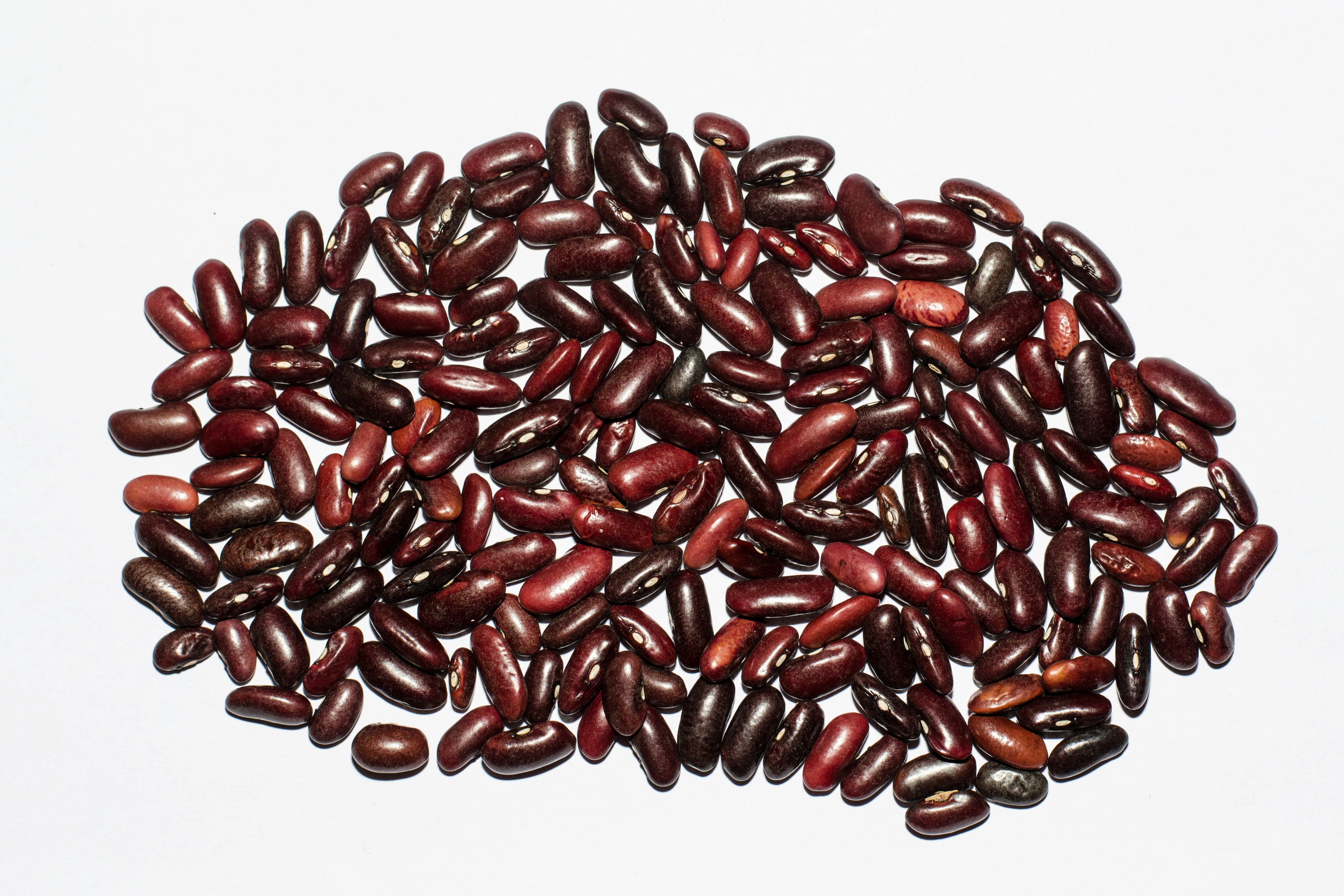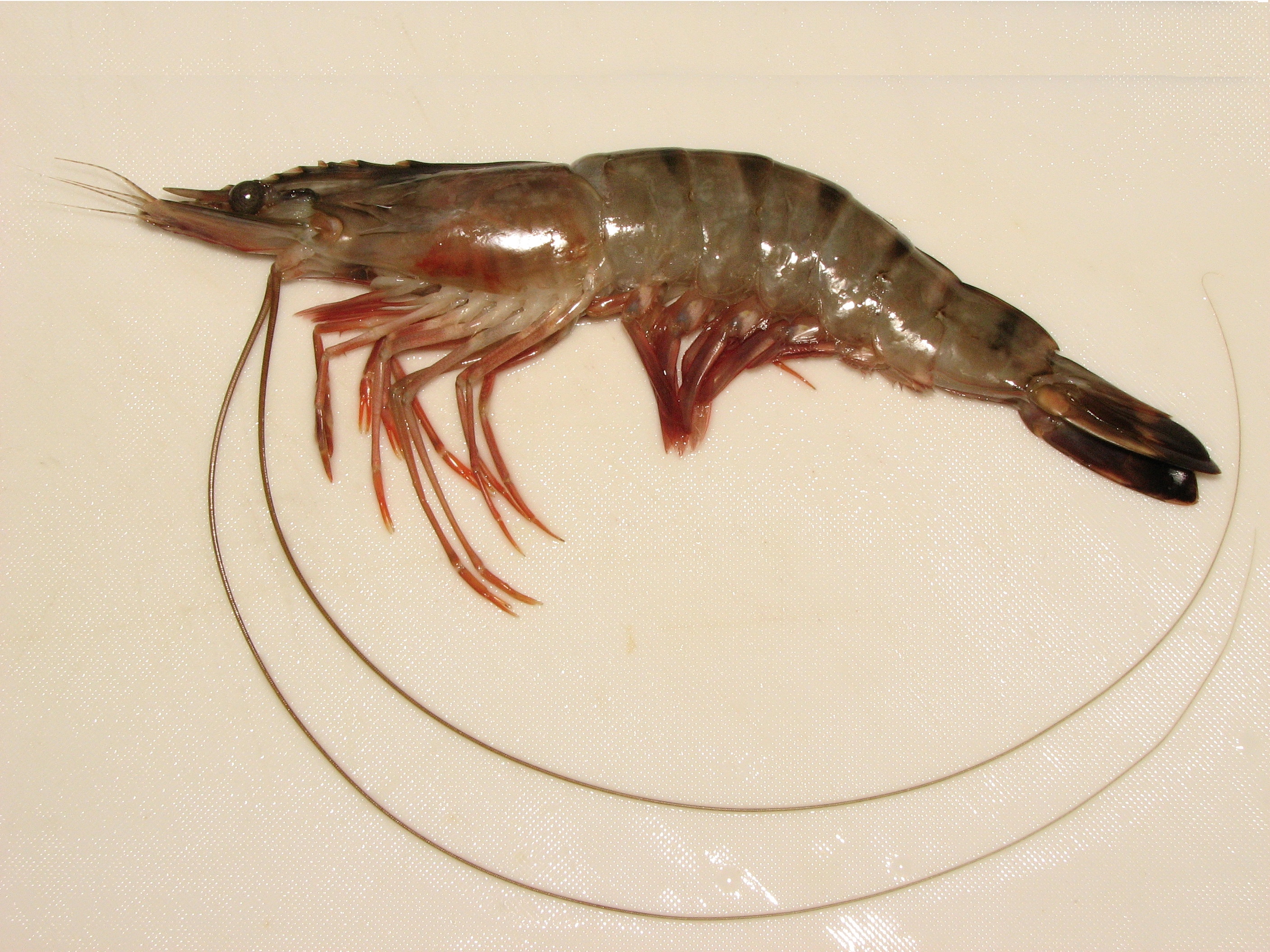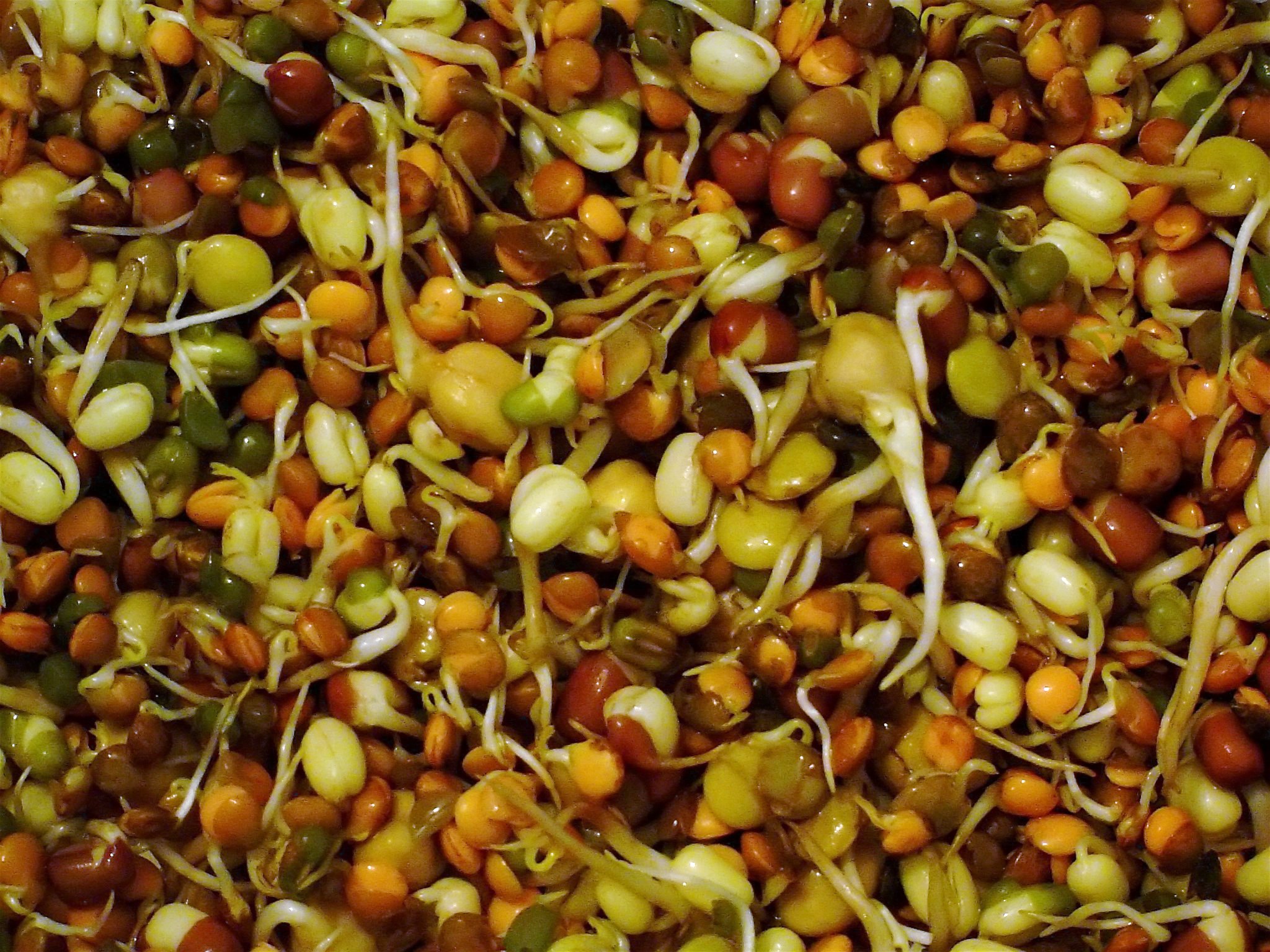|
Burmese Fritters
Burmese fritters ( my, အကြော်; ; known as ''a-kyaw'' in Burmese) are traditional fritters consisting of vegetables or seafood that have been battered and deep-fried. Assorted fritters are called ''a-kyaw-sone'' ( my, အကြော်စုံ). Burmese fritters are generally savory, and often use beans and pulses, similar to South Asian '' vada''. The fritters are eaten mainly at breakfast or as a snack at teatime, served at tea shops and hawker stands alike. They are typically served as standalone snacks dipped in a sour-sweet tamarind-based sauce, or as toppings for common Burmese dishes. Gourd, chickpea and onion fritters are cut into small parts and eaten with mohinga, Myanmar's national dish. These fritters are also eaten with ''kauk hnyin baung'' rice and with a Burmese green sauce called ''chin-saw-gar'' (ချဉ်စော်ကား) or ''a-chin-yay'' (အချဉ်ရည်). Depending on the fritter hawker, the sauce is made from chili sauce dil ... [...More Info...] [...Related Items...] OR: [Wikipedia] [Google] [Baidu] |
Mont (food)
In the Burmese language, the term ''mont'' ( my, မုန့်; ) translates to "snack", and refers to a wide variety of prepared foods, ranging from sweet desserts to savory food items that may be cooked by steaming, baking, frying, deep-frying, or boiling. Foods made from wheat or rice flour are generally called ''mont'', but the term may also refer to certain varieties of noodle dishes, such as ''mohinga''. Burmese ''mont'' are typically eaten with tea during breakfast or afternoon tea time. Each variety of ''mont'' is designated by a descriptive word or phrase that precedes or follows the word ''mont'', such as '' htoe mont'' () or '' mont lone yay baw'' (). The term ''mont'' has been borrowed into several regional languages, including into Shan as and into Jingpho as . In Burmese, the term ''mont'' is not limited to Burmese cuisine: it applies equally to items as varied as Western-style breads ( or ''paung mont''), Chinese moon cakes ( or ''la mont''), ice cream ( or ' ... [...More Info...] [...Related Items...] OR: [Wikipedia] [Google] [Baidu] |
Cilantro
Coriander (;coriander in the Cambridge English Pronouncing Dictionary ''Coriandrum sativum'') is an in the family . It is also known as Chinese parsley, dhania, or cilantro (). [...More Info...] [...Related Items...] OR: [Wikipedia] [Google] [Baidu] |
Onion
An onion (''Allium cepa'' L., from Latin ''cepa'' meaning "onion"), also known as the bulb onion or common onion, is a vegetable that is the most widely cultivated species of the genus ''Allium''. The shallot is a botanical variety of the onion which was classified as a separate species until 2010. Its close relatives include garlic, scallion, leek, and chive. This genus also contains several other species variously referred to as onions and cultivated for food, such as the Japanese bunching onion (''Allium fistulosum''), the tree onion (''A.'' × ''proliferum''), and the Canada onion (''Allium canadense''). The name ''wild onion'' is applied to a number of ''Allium'' species, but ''A. cepa'' is exclusively known from cultivation. Its ancestral wild original form is not known, although escapes from cultivation have become established in some regions. The onion is most frequently a biennial or a perennial plant, but is usually treated as an annual and harvested in its f ... [...More Info...] [...Related Items...] OR: [Wikipedia] [Google] [Baidu] |
Shallot
The shallot is a botanical variety (a cultivar) of the onion. Until 2010, the (French red) shallot was classified as a separate species, ''Allium ascalonicum''. The taxon was synonymized with ''Allium cepa'' (the common onion) in 2010, as the difference was too small to justify a separate species. As part of the onion genus ''Allium'', its close relatives include garlic, scallions, leeks, chives, and the Chinese onion. Names The name "shallot" comes from Ashkelon, an ancient Canaanite city, where Classical-era Greeks believed shallots originated. The term ''shallot'' is usually applied to the French red shallot (''Allium cepa'' var. ''aggregatum'', or the ''A. cepa'' Aggregatum Group). It is also used for the Persian shallot or ''musir'' (''A. stipitatum'') from the Zagros Mountains in Iran and Iraq, and the French gray shallot ('' Allium oschaninii'') which is also known as ''griselle'' or "true shallot"; it grows wild from Central to Southwest Asia. The name ''shallo ... [...More Info...] [...Related Items...] OR: [Wikipedia] [Google] [Baidu] |
Bottle Gourd
Calabash (; ''Lagenaria siceraria''), also known as bottle gourd, white-flowered gourd, long melon, birdhouse gourd, New Guinea bean, Tasmania bean, and opo squash, is a vine grown for its fruit. It can be either harvested young to be consumed as a vegetable, or harvested mature to be dried and used as a utensil, container, or a musical instrument. When it is fresh, the fruit has a light green smooth skin and white flesh. Calabash fruits have a variety of shapes: they can be huge and rounded, small and bottle-shaped, or slim and serpentine, and they can grow to be over a metre long. Rounder varieties are typically called calabash gourds. The gourd was one of the world's first cultivated plants grown not primarily for food, but for use as containers. The bottle gourd may have been carried from Asia to Africa, Europe, and the Americas in the course of human migration, or by seeds floating across the oceans inside the gourd. It has been proven to have been globally domesticated (an ... [...More Info...] [...Related Items...] OR: [Wikipedia] [Google] [Baidu] |
Medu Vada
Medu vada (; ) is a South Indian breakfast snack made from ''Vigna mungo'' (black lentil). It is usually made in a doughnut shape, with a crispy exterior and soft interior. A popular food item in South Indian cuisine it is generally eaten as a breakfast or a snack. Etymology "Medu" is the Malayalam, Kannada and Tamil word for "soft"; "medu vada" thus literally means "soft fritter". The dish is often mentioned simply as "vada" on menus or as uddina vade Kannada, urad vada, medhu vadai, ulundu vadai (Tamil), garelu ( Telugu), uzhunnu vada (Malayalam), and batuk ( Nepali). History According to Vir Sanghvi, the origin of ''medu vada'' can be traced with "some certainty" to the Maddur town in present-day Karnataka. The dish was made popular outside South India by Udupi restaurateurs of Mumbai. Preparation The medu vada is made primarily of black lentils (urad dal) batter. The black lentils are soaked in water for several hours, and then ground to a paste. The paste may be ... [...More Info...] [...Related Items...] OR: [Wikipedia] [Google] [Baidu] |
Vigna Mungo
''Vigna mungo'', also known as black gram, urad bean, urid bean, mash kalai, uzhunnu parippu, ulundu paruppu, minapa pappu, uddu, or black matpe, is a bean grown in South Asia. Like its relative, the mung bean, it has been reclassified from the '' Phaseolus'' to the ''Vigna'' genus. The product sold as black lentil is usually the whole urad bean, whereas the split bean (the interior being white) is called white lentil. It should not be confused with the much smaller true black lentil (''Lens culinaris''). Black gram originated in South Asia, where it has been in cultivation from ancient times and is one of the most highly prized pulses of India. It is very widely used in Indian cuisine. In India the black gram is one of the important pulses grown in both Kharif and Rabi seasons. This crop is extensively grown in southern part of India, northern part of Bangladesh and Nepal. In Bangladesh and Nepal it is known as mash daal. It is a popular ''daal'' (legume) side dish in South As ... [...More Info...] [...Related Items...] OR: [Wikipedia] [Google] [Baidu] |
Kidney Bean
The kidney bean is a variety of the common bean (''Phaseolus vulgaris''). It resembles a human kidney and thus is named after such. Red kidney beans should not be confused with other red beans, such as adzuki beans. Classification There are different classifications of kidney beans, such as: *Red kidney bean (also known as: common kidney bean, rajma in India, surkh (red) lobia in Pakistan). *Light speckled kidney bean (and long shape light speckled kidney bean). *Red speckled kidney bean (and long shape light speckled kidney bean). *White kidney bean (also known as cannellini in Italy, lobia in India, or safaid (white) lobia in Pakistan). Nutrition Kidney beans, cooked by boiling, are 67% water, 23% carbohydrates, 9% protein, and contain negligible fat (table). In a 100-gram reference amount, cooked kidney beans provide of food energy, and are a rich source (20% or more of the Daily Value, DV) of protein, folate (33% DV), iron (22% DV), and phosphorus (20% DV), with moderate ... [...More Info...] [...Related Items...] OR: [Wikipedia] [Google] [Baidu] |
Popiah
Popiah () is a Fujianese/ Teochew-style fresh spring roll filled with an assortment of fresh, dried, and cooked ingredients, eaten during the Qingming Festival and other celebratory occasions. ''The dish is'' made by the people and diaspora of Fujian province of Mainland China (in Quanzhou, Xiamen, and Zhangzhou), neighbouring Chaoshan district, and by the Teochew and Hoklo diaspora in various regions throughout Southeast Asia and in Taiwan (due to the majority of Taiwanese being Hoklo), The origin of popiah dates back to the 17th century. Etymology In the Chaoshan dialect and Hokkien language, ''popiah'' is pronounced as /poʔ˩piã˥˧/ (), which means "thin flatbread/cake". Depending an the regions in Fujian, it is also commonly referred to as /lun˩piã˥˧/ (), which is the etymological origin of "lumpia" in Indonesia and the Philippines. It is referred to as ''rùnbǐng'' () or ''báobǐng'' () in Mandarin, and also as ''bópíjuǎn'' (). Wrapper and fillings A ''popi ... [...More Info...] [...Related Items...] OR: [Wikipedia] [Google] [Baidu] |
Prawn
Prawn is a common name for small aquatic crustaceans with an exoskeleton and ten legs (which is a member of the order decapoda), some of which can be eaten. The term "prawn"Mortenson, Philip B (2010''This is not a weasel: a close look at nature's most confusing terms''Pages 106–109, John Wiley & Sons. . is used particularly in the United Kingdom, Ireland, and Commonwealth nations, for large swimming crustaceans or shrimp, especially those with commercial significance in the fishing industry. Shrimp that are present in this category often belong to the suborder Dendrobranchiata. In North America, the term is used less frequently, typically for freshwater shrimp. The terms shrimp and prawn themselves lack scientific standing. Over the years, the way they are used has changed, and in contemporary usage the terms are almost interchangeable. Shrimp'' vs. ''prawn Regional distinctions The terms shrimp and prawn originated in Britain. In the use of common names for species, shrim ... [...More Info...] [...Related Items...] OR: [Wikipedia] [Google] [Baidu] |
Bean Sprout
Sprouting is the natural process by which seeds or spores germinate and put out shoots, and already established plants produce new leaves or buds, or other structures experience further growth. In the field of nutrition, the term signifies the practice of germinating seeds (for example, mung beans or sunflower seeds) to be eaten raw or cooked, which is considered more nutritious. Suitable seeds All viable seeds can be sprouted, but some sprouts, such as kidney beans, should not be eaten raw. Bean sprouts are a common ingredient across the world. They are particularly common in Eastern Asian cuisine. It typically takes one week for them to become fully grown. The sprouted beans are more nutritious than the original beans, and they require much less cooking time. There are two common types of bean sprouts: * Mung bean sprouts, made from greenish-capped mung beans * Soybean sprouts, made from yellow, large-grained soybeans Common sprouts used as food include: * Pulses ... [...More Info...] [...Related Items...] OR: [Wikipedia] [Google] [Baidu] |
Chayote
Chayote (''Sechium edule''), also known as mirliton and choko, is an edible plant belonging to the gourd family, Cucurbitaceae. This fruit was first cultivated in Mesoamerica between southern Mexico and Honduras, with the most genetic diversity available in both Mexico and Guatemala. It is one of several foods introduced to the Old World during the Columbian Exchange. At that time, the plant spread to other parts of the Americas, ultimately causing it to be integrated into the cuisine of many Latin American nations. The chayote fruit is mostly used cooked. When cooked, chayote is usually handled like summer squash; it is generally lightly cooked to retain the crispy consistency. Raw chayote may be added to salads or salsas, most often marinated with lemon or lime juice, but is often regarded as unpalatable and tough in texture. Whether raw or cooked, chayote is a good source of vitamin C. Although most people are familiar only with the fruit as being edible, the root, stem, see ... [...More Info...] [...Related Items...] OR: [Wikipedia] [Google] [Baidu] |








